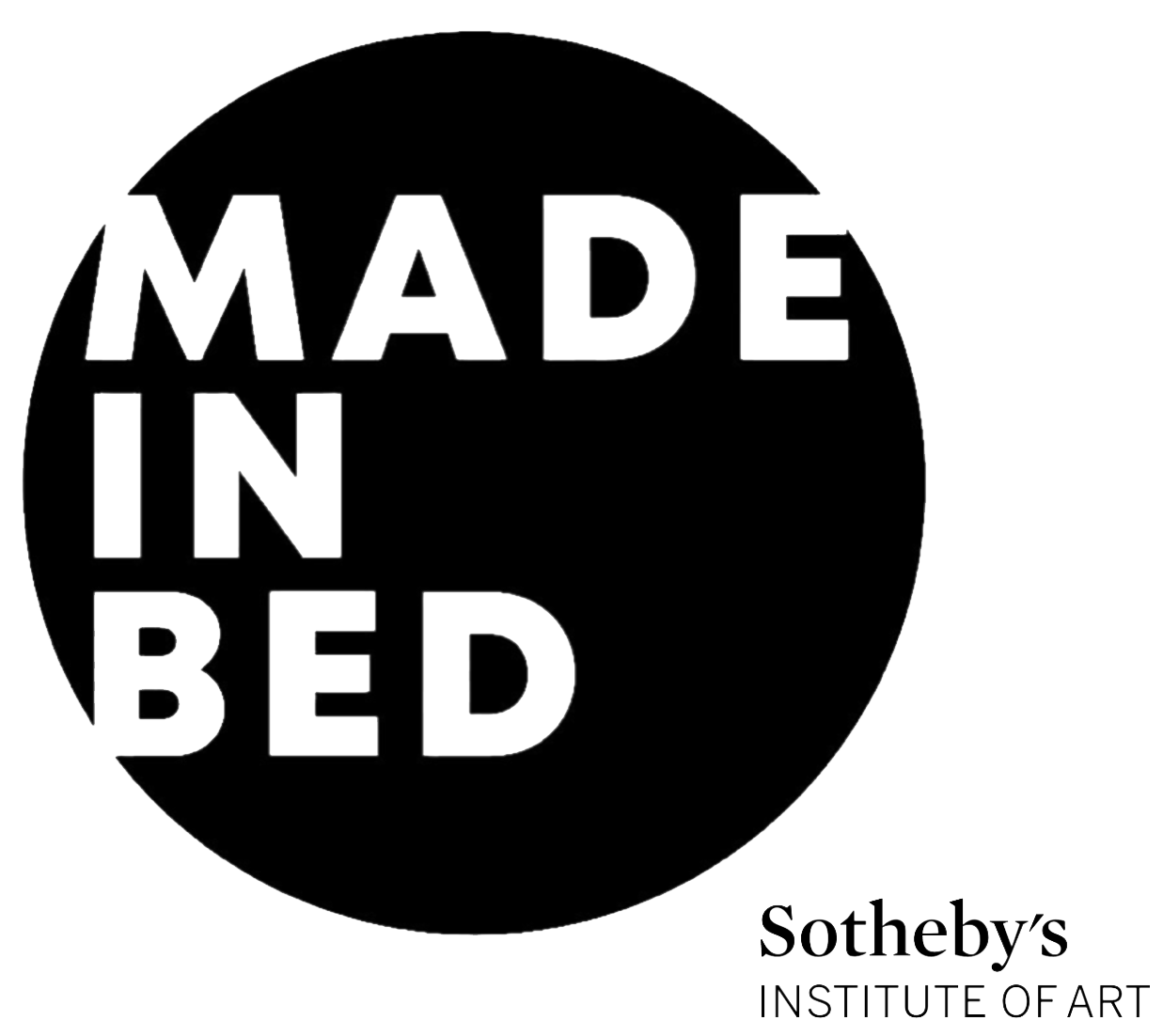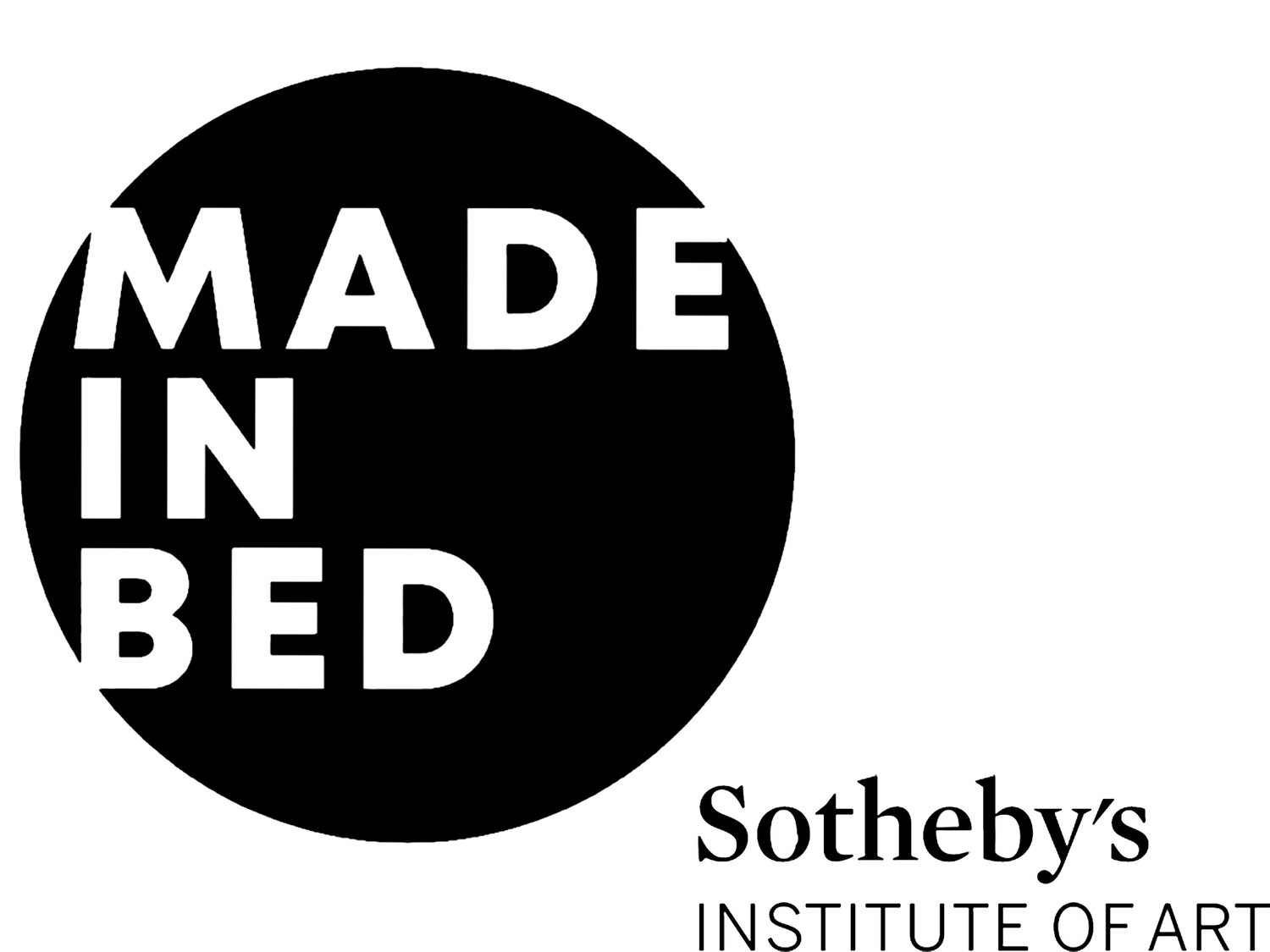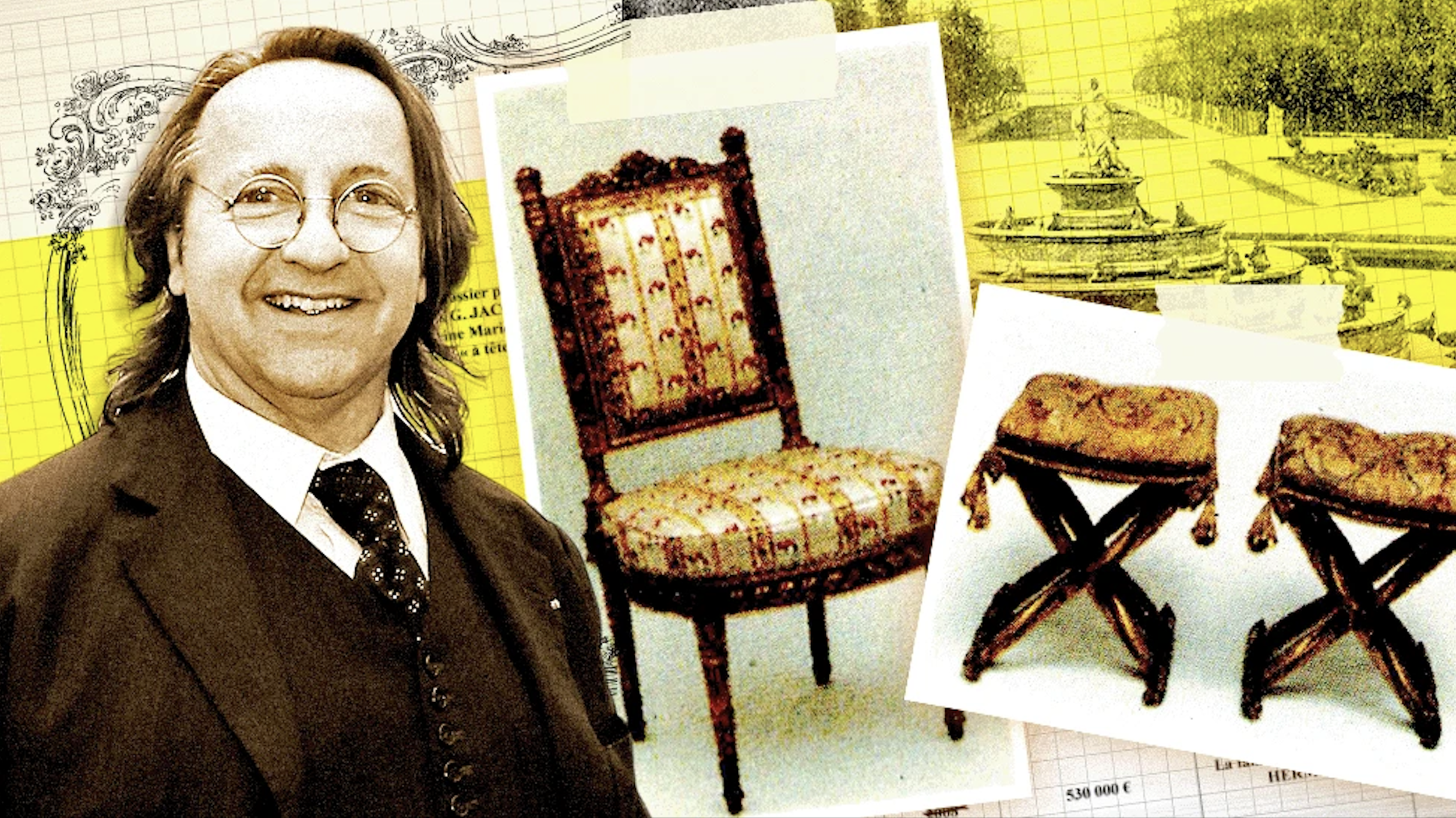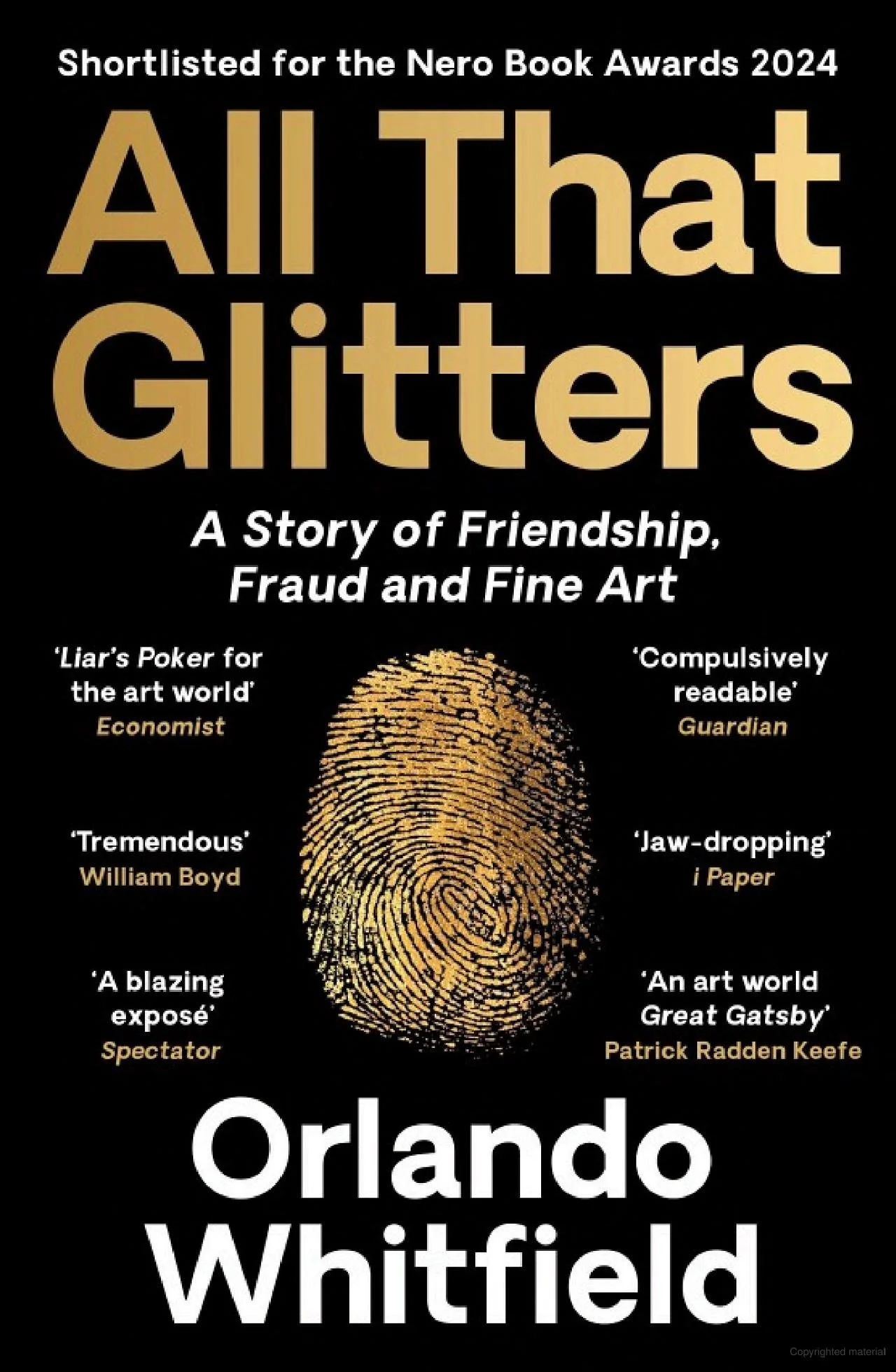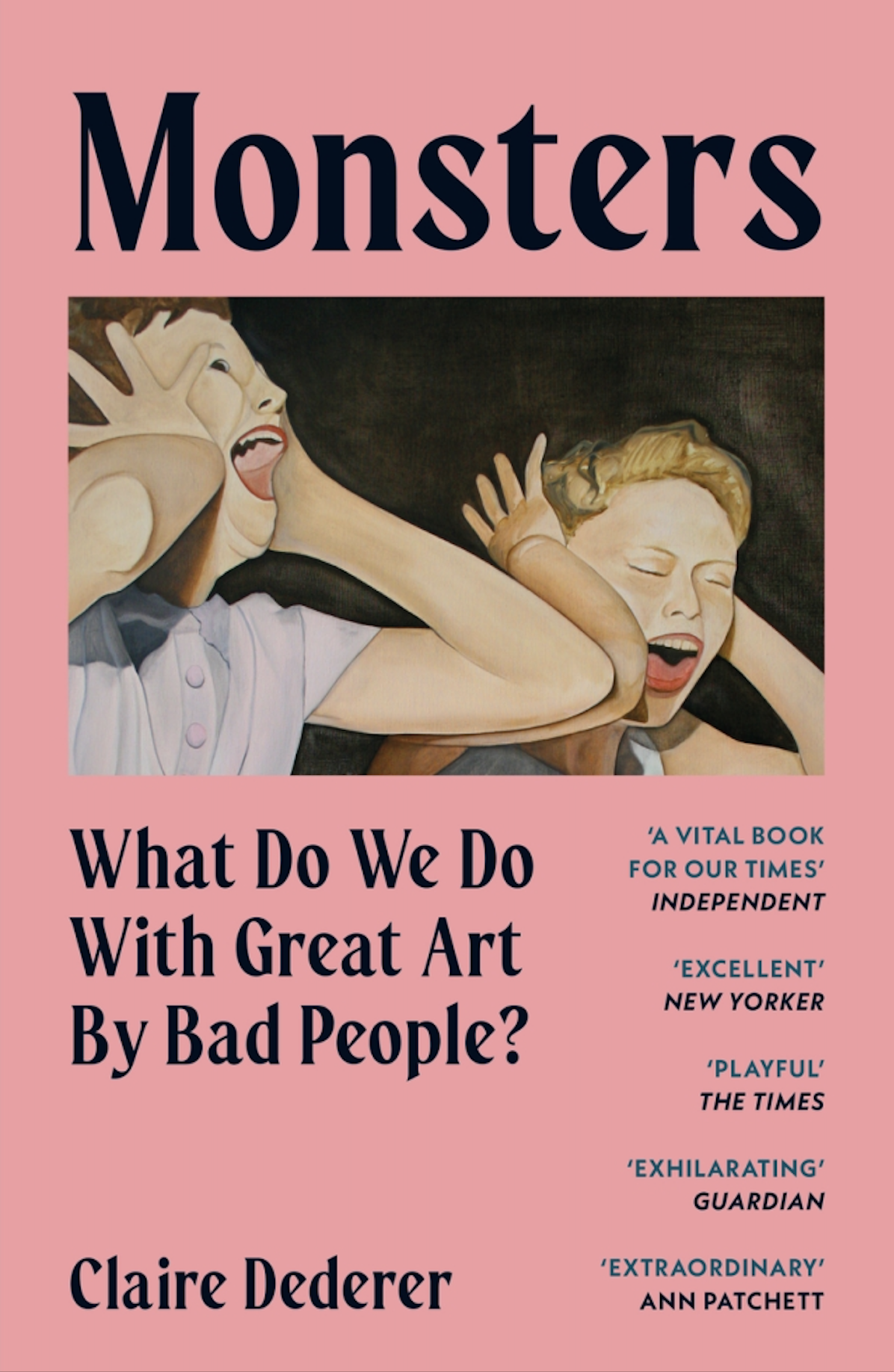Do We Love The Scandal More Than The Art?
We are all consumers of art. While we may like to believe that we’re drawn to it for beauty, truth, or intellectual fulfilment, we are just as often captivated by the drama that surrounds it. The art world is known for the three D’s: Death, Divorce, and Debt, as the forces that quietly move masterpieces across markets, but perhaps we should also be considering the three F’s: Forgery, Fraud, and Frenzy. These cases surface time and again, often blurring the lines between brilliance and deceit. What is it, then, that makes these stories so compelling—and the people behind them so fascinating? Few tales are as intriguing as the Pallot Forgery trial, for which a verdict was announced last month. It involves aristocratic chairs sold to the Château of Versailles, melted liquorice, and two men who built a career—and possibly a criminal enterprise—on the fine grain of 18th-century wood.
In this light, we review two recent books that are not just relevant to this debate, but essential reading: Orlando Whitfield’s All That Glitters: A Story of Friendship, Fraud and Fine Art and Claire Dederer’s Monsters: What Do We Do with Great Art by Bad People?
Bill Pallot. Image Courtesy: BBC News.
Once hailed as the world’s leading expert on French royal furniture, Bill Pallot was convicted in France last month for orchestrating the sale of expertly forged chairs, complete with fabricated provenances and historical narratives. Of the dozens of fake Louis XVI gilded seats he commissioned, some were sold to the Palace of Versailles and the Prince Hamad al Thani for millions of dollars between 2008 and 2015. The scheme was so sophisticated that two of the chairs were even declared national treasures. Ironically, it was Charles Hooreman—Bill Pallot’s former student—who, in 2012, discovered traces of liquorice on the surface of a piece of furniture in Pallot’s holdings. Recognising it as a wood-aging technique, Hooreman reported the anomaly to the French authorities. What began, according to Pallot, as a “prank” between experts escalated into an international scandal involving state institutions, royal collectors, and millions of euros. Somewhere along that slippery slope, the question arises: how much of art is about truth—and how much about belief?
All That Glitters by Orlando Whitfield (2024). Image Courtesy: Google Books.
Closely tied to the themes observed in Pallot’s case is Orlando Whitfield’s All That Glitters. The memoir wrapped in an exposé centres on Whitfield’s friendship with the now-infamous art fraudster Inigo Philbrick. Once a rising star in the London and New York art markets, Philbrick manipulated consignment deals, forged sales agreements, and ultimately defrauded collectors and investors out of millions before being sentenced to prison in 2022.
What Whitfield captures very well is the emotional allure of the art world—its performative elegance, its obsession with access, and its transactional nature. More than anything, the book reveals how easy it is to lose one’s moral footing in a system that thrives on opacity and ego. The central theme lies in the dynamic between two young men—Whitfield, introspective and uncertain, and Philbrick, magnetic and aloof—who first met as students at Goldsmiths in 2005. Both came from families involved in the art world, but Philbrick’s charisma and ruthless ambition set him apart. Their lopsided friendship unfolds with the tension of a psychological drama, and Whitfield’s account reads, at times, like a suspense novel.
The Philbrick saga echoes the Pallot trial; both men were insiders, fluent in the codes of connoisseurship and taste, and most importantly, both understood that the story can outweigh the object itself. With the verdict in the Pallot trial announced on June 11th, and Pallot sentenced to four years’ imprisonment, this is a particularly pertinent read.
Monsters by Claire Dederer (2023). Image Courtesy: Amazon UK.
Deceit is not always as apparent as in the two cases above. The boundaries of ethical conduct in the art world are often far murkier. Several prominent artists throughout history have faced scrutiny and controversy due to their private lives. Caravaggio, Picasso, and Warhol were known for their aggressive behaviors, mistreatment of loved ones, and other problematic tendencies, sparking debates about whether art can be separated from the artist's moral failings.
Monsters by Claire Dederer tackles a related but more abstract conundrum: how do we continue to engage with great art made by morally compromised people? How does one separate the art from the artist? She begins with the likes of Roman Polanski and Woody Allen but quickly expands into a broader discussion on artistic legacy and consumer complicity. The book approaches its central question through a distinctly feminist lens, engaging with themes like the Me Too movement, the burden of guilt carried by creative mothers, and the tension between an artist’s public brilliance and private misconduct.
Dederer’s Monsters doesn’t offer easy answers—nor does it try to. Her prose is deeply personal, often vulnerable, and unafraid to interrogate her own instincts as both critic and consumer. However, for all its urgency and sincerity, Monsters can feel unfocused. The narrative frequently veers off into tangents and potted biographies that, while sometimes illuminating, dilute the core argument. What the reader might expect to be a tight cultural analysis occasionally reads more like a string of personal essays. You won’t agree with every conclusion she draws, but the book offers a compelling, smart, and passionate meditation on a dilemma that continues to trouble artists, audiences, and institutions alike. Perhaps it’s not really our job to have the answers. That admission is, in its own way, the book’s most honest contribution to the debate. For professionals in the art market, it’s a useful reminder that every transaction—whether commercial or cultural—carries an ethical weight.
Caravaggio, The Beheading of Saint John, 1608. Saint John's Cathedral, Valletta, Malta. Image Courtesy: Prime Matters.
Whitfield and Dederer, in their very different ways, remind us that the art market is not just an economic space but a moral one. Both books are timely reads, with a focus on one truth: the art world is built on belief, which is the first pillar to collapse when fraud is exposed. The Whitfield memoir highlights how easily charisma and confidence can override due diligence. Dederer reminds us that our reverence for talent often clouds our judgement. The Pallot case demonstrates, in real time, how vulnerable even the most established institutions are to a well-crafted narrative. In the wake of the Pallot trial, Versailles has implemented stricter vetting protocols, but regulation alone won't restore trust. That must come from culture.
Kritika Salhotra
Features Co-Editor, MADE IN BED
BIBLIOGRAPHY
de Souza, Isabella. “Top 10 Art World Scandals.” MyArtBroker. Last updated January 16, 2025. Accessed June 8, 2025. https://www.myartbroker.com/10-facts/articles/top-10-art-world-scandals.
Kinsella, Eileen. “Disgraced Art Dealer Inigo Philbrick Is Out of Prison—and Planning a Comeback.” Artnet, March 28, 2024. Accessed June 8, 2025. https://news.artnet.com/art-world-archives/disgraced-art-dealer-inigo-philbrick-is-out-of-prison-and-planning-a-comeback-2460533.
Valentin, Pierre. “The Taste of Fraud: The Liquorice Trail in the Pallot Forgery Trial.” Fieldfisher, April 29, 2025. https://www.fieldfisher.com/en/insights/the-taste-of-fraud-the-liquorice-trail-in-the-pall.
Willsher, Kim. “Top French Art Expert Bill Pallot Faces Trial for Forging 18th-Century Furniture.” The Guardian, November 15, 2023. https://www.theguardian.com/world/2023/nov/15/top-french-art-expert-bill-pallot-faces-trial-forging-18th-century-furniture.
